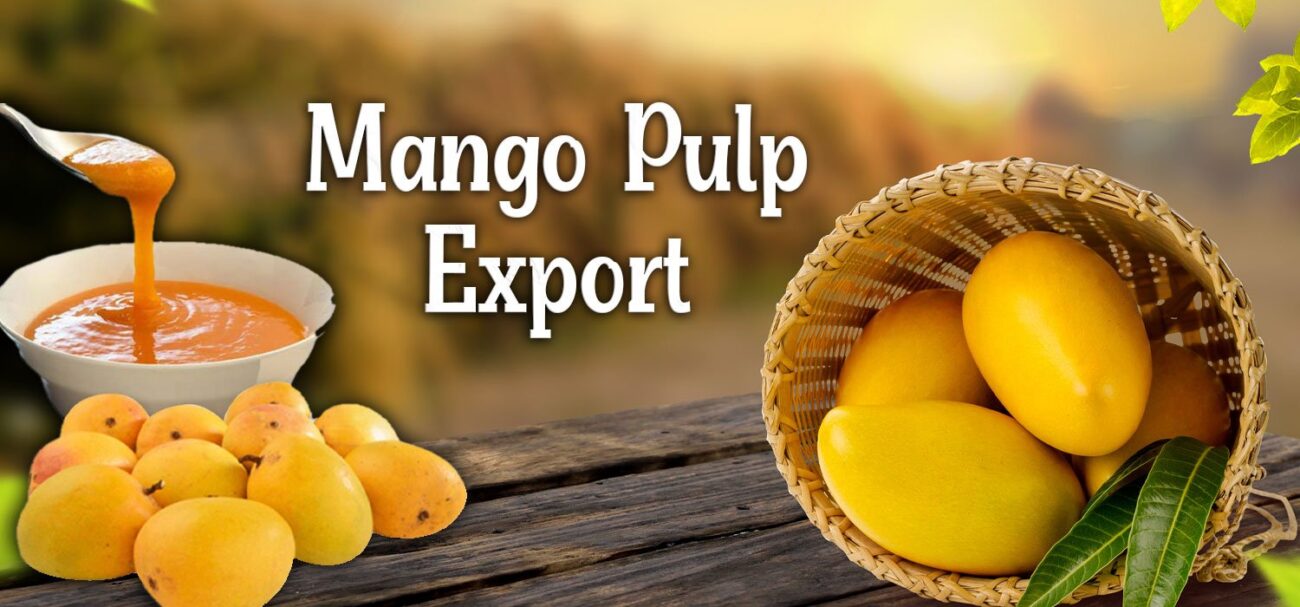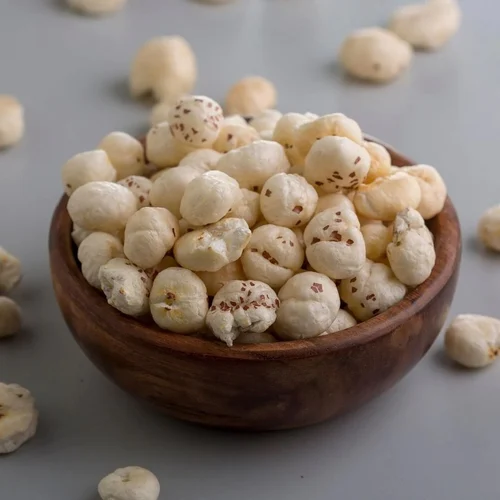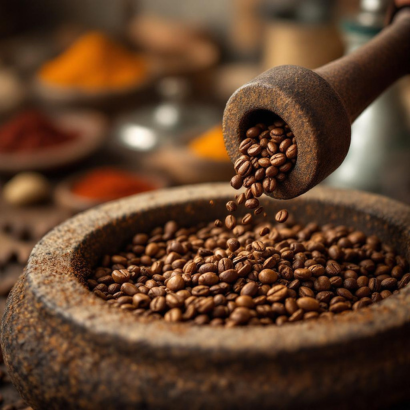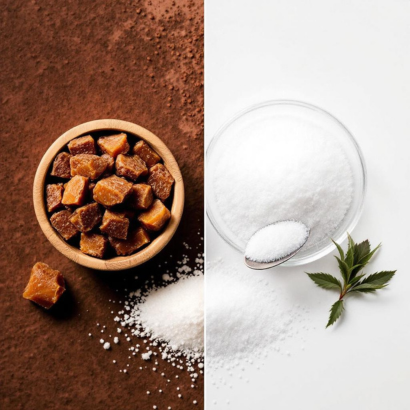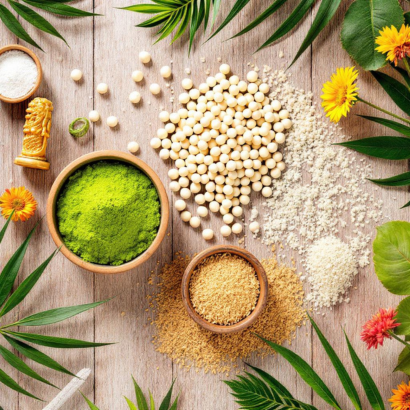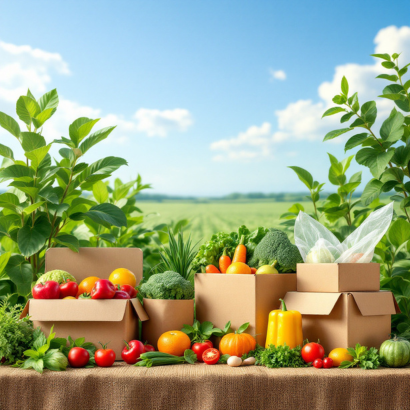India’s vast agricultural capacity and Oman’s growing demand for fresh, high-quality fruits and vegetables make them natural trade partners. However, the difference between a profitable export cycle and a missed opportunity often comes down to timing.
By aligning harvest seasons in India with consumer demand in Oman—and integrating robust cold chain logistics—exporters can reduce spoilage, capture peak market value, and build long-term trade relationships.
Understanding Omani Demand Cycles
Omani consumers exhibit distinct seasonal preferences influenced by climate, religious observances, and cultural habits. Recognizing these patterns helps exporters align shipments to match peak consumption windows.
Key Demand Seasons in Oman
| Period | High-Demand Produce | Strategic Opportunity |
| Ramadan & Eid (March–May) | Mangoes, cucumbers, herbs, dates | Focus on aromatic, hydrating, and celebratory produce |
| Summer (May–August) | Watermelon, muskmelon, lemon, papaya | High demand for cooling, refreshing fruits |
| Winter (November–January) | Leafy greens, carrots, tomatoes, cauliflower | Increased use in traditional hot meals |
Cold Chain & Shipping: Minimizing Post-Harvest Loss
Perishables demand precision. Even the freshest produce can lose value rapidly if not handled with care during transit. A well-structured cold chain can make all the difference in ensuring quality and shelf life upon arrival.
Best Practices in Cold Chain Logistics
- Pre-cooling at Source: Removes field heat and preserves natural texture and flavor.
- Reefer Containers: Ensure consistent temperatures during ocean transit.
- Humidity-Controlled Packaging: Customized packing to prevent dehydration and spoilage.
- Route Optimization: Major Indian ports like Nhava Sheva, Mundra, and Kochi offer direct connections to Omani ports such as Sohar and Salalah.
Export Calendar: Product Rotation for Year-Round Opportunity
Every month presents a new opportunity if managed wisely. Smart exporters rotate their offerings to align with both the Indian crop cycle and Oman’s market demand, ensuring year-round business continuity.
Suggested Monthly Product Calendar
| Month | Target Produce | Market Insight |
| January–February | Pomegranate, cauliflower, French beans | Post-holiday demand for fresh and healthy items |
| March–May | Mangoes, green chili, coriandeKey Takeaways for Exporters Plan shipments to coincide with Omani seasonal demand, not just Indian harvests. Invest in cold chain logistics and smart packaging to preserve quality and extend shelf life. Diversify your product portfolio across the year to stabilize revenue and reduce market risk. Whether you’re exporting mangoes to Muscat or onions to Salalah, timing and quality define your brand’s value. A proactive export calendar ensures you stay ahead of the market, reduce spoilage, and capitalize on high-demand windows. r, onion | Ramadan-driven surge in festive and aromatic ingredients |
| June–August | Onions, lemons, watermelon, spices | Popular for summer hydration and cooking |
| September–October | Grapes, spices, tomatoes | Transition period – shelf-stable, high-margin items |
| November–December | Carrots, garlic, spinach, papaya | Winter vegetables in high demand for traditional meals |

Key Takeaways for Exporters
- Plan shipments to coincide with Omani seasonal demand, not just Indian harvests.
- Invest in cold chain logistics and smart packaging to preserve quality and extend shelf life.
- Diversify your product portfolio across the year to stabilize revenue and reduce market risk.
Whether you’re exporting mangoes to Muscat or onions to Salalah, timing and quality define your brand’s value. A proactive export calendar ensures you stay ahead of the market, reduce spoilage, and capitalize on high-demand windows.



